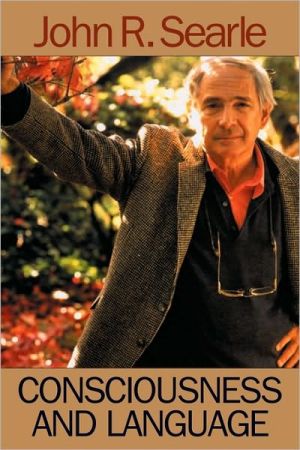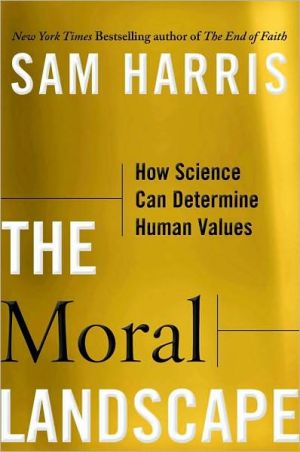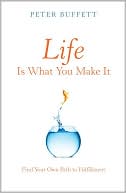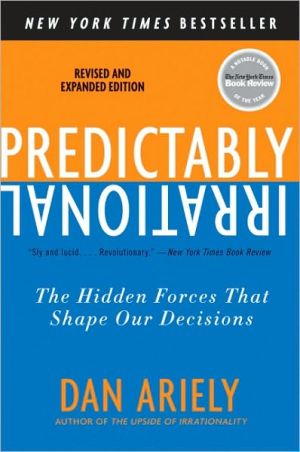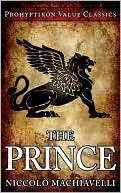Consciousness and Language
One of the most important and influential philosophers of the last 30 years, John Searle has been concerned throughout his career with a single overarching question: how can we have a unified and theoretically satisfactory account of ourselves and of our relations to other people and to the natural world? In other words, how can we reconcile our common-sense conception of ourselves as conscious, free, mindful, rational agents in a world that we believe includes brute, unconscious, mindless,...
Search in google:
A collection of essays from one of the most influential philosophers of the last 30 years. Publishers Weekly Lucidly exploring the philosophically hot topics of consciousness, intentionality and language, this set of essays provides a useful overview of Searle's (Rationality in Action) recent work. All but one of the essays, written over the last two decades, have been previously published, yet they gain by being assembled not only in convenience but in seeing how the problems and proposed solutions connect. The overarching issue, which Searle, a philosophy professor at the University of California, Berkeley, says has "preoccupied" him throughout his professional life, is how to reconcile our commonsense view of ourselves as conscious, mindful beings with a world that supposedly "consists entirely of brute, unconscious, mindless... physical particles in fields of force." In the first group of essays, Searle rejects both dualist and materialist accounts of consciousness as traditionally construed, arguing instead that "the conscious mind is caused by brain processes and is itself a higher level feature of the brain" with an irreducible "first-person ontology" and the power to cause behavior. He goes on to apply this philosophy of mind to a number of related issues, including animal minds (notably that of his dog, Ludwig Wittgenstein Searle), intentionality (that feature which links mental states to something in the world), collective "we-intentions," social science explanations and speech acts. Throughout, he spars with rivals, particularly in the final essays, where he attacks Dennett's functionalism, Quine's indeterminacy thesis and Kripke's reading of Wittgenstein. This is not an introductory-level book: many of the issues are abstruse and technical. But Searle's prose is admirably clear and plain, and he is deft at cutting through jargon to defend a commonsense view of the reality of minds. (May 13) Forecast: Searle is a major philosopher, and university libraries are a lock. Searle's frequent contributions to the New York Review of Books may draw in some readers, but because most of this work has been previously published, expect few trade reviews. Copyright 2002 Cahners Business Information.
Introduction11The Problem of Consciousness72How to Study Consciousness Scientifically183Consciousness364Animal Minds615Intentionality and Its Place in Nature776Collective Intentions and Actions907The Explanation of Cognition1068Intentionalistic Explanations in the Social Sciences1309Individual Intentionality and Social Phenomena in the Theory of Speech Acts14210How Performatives Work15611Conversation18012Analytic Philosophy and Mental Phenomena20313Indeterminacy, Empiricism, and the First Person22614Skepticism About Rules and Intentionality251Name Index265Subject Index267
\ Publishers WeeklyLucidly exploring the philosophically hot topics of consciousness, intentionality and language, this set of essays provides a useful overview of Searle's (Rationality in Action) recent work. All but one of the essays, written over the last two decades, have been previously published, yet they gain by being assembled not only in convenience but in seeing how the problems and proposed solutions connect. The overarching issue, which Searle, a philosophy professor at the University of California, Berkeley, says has "preoccupied" him throughout his professional life, is how to reconcile our commonsense view of ourselves as conscious, mindful beings with a world that supposedly "consists entirely of brute, unconscious, mindless... physical particles in fields of force." In the first group of essays, Searle rejects both dualist and materialist accounts of consciousness as traditionally construed, arguing instead that "the conscious mind is caused by brain processes and is itself a higher level feature of the brain" with an irreducible "first-person ontology" and the power to cause behavior. He goes on to apply this philosophy of mind to a number of related issues, including animal minds (notably that of his dog, Ludwig Wittgenstein Searle), intentionality (that feature which links mental states to something in the world), collective "we-intentions," social science explanations and speech acts. Throughout, he spars with rivals, particularly in the final essays, where he attacks Dennett's functionalism, Quine's indeterminacy thesis and Kripke's reading of Wittgenstein. This is not an introductory-level book: many of the issues are abstruse and technical. But Searle's prose is admirably clear and plain, and he is deft at cutting through jargon to defend a commonsense view of the reality of minds. (May 13) Forecast: Searle is a major philosopher, and university libraries are a lock. Searle's frequent contributions to the New York Review of Books may draw in some readers, but because most of this work has been previously published, expect few trade reviews. Copyright 2002 Cahners Business Information.\ \
